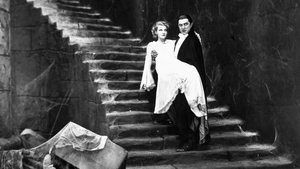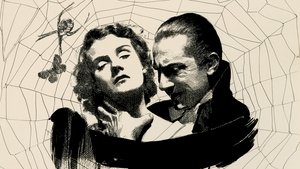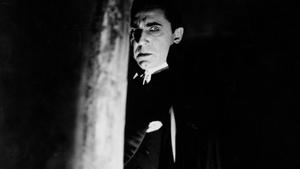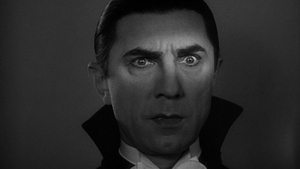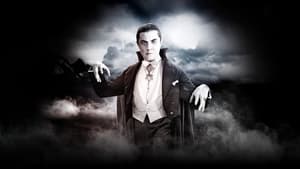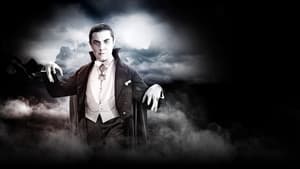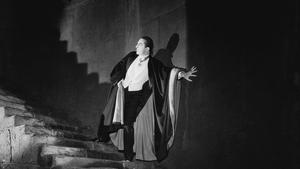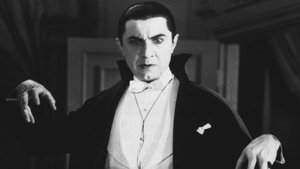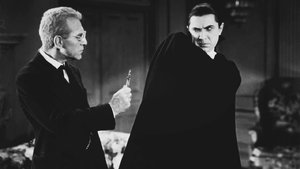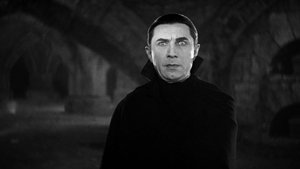Video Sources 0 Views
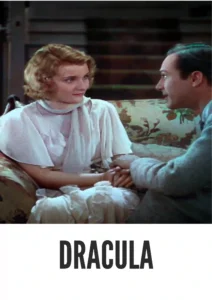
Download Dracula (1931) Colorized HD | Bela Lugosi | Gothic Horror Classic
Synopsis
The Birth of a Horror Icon: Dracula (1931) in Stunning Color

Step into the shadowy world of Transylvanian folklore with “Dracula,” the groundbreaking 1931 horror film that defined the vampire genre, now beautifully colorized for a viewing experience like never before. Directed by Tod Browning and starring the incomparable Bela Lugosi, this film adaptation of Bram Stoker’s novel delivers a mesmerizing blend of Gothic atmosphere, psychological terror, and otherworldly romance. Perfect for classic horror enthusiasts and those seeking to witness the birth of a cinematic legend, this HD download brings one of the most influential films in horror history to life with renewed visual splendor.
Dracula Storyline: A Timeless Tale of Seduction and Terror
The film opens as English solicitor Renfield (Dwight Frye) journeys to Transylvania to finalize Count Dracula’s (Bela Lugosi) lease of Carfax Abbey in London. Ignoring the warnings of superstitious villagers, Renfield arrives at Dracula’s castle, where he falls under the vampire’s hypnotic spell.
Dracula and the now-insane Renfield travel to England, leaving a trail of death in their wake. In London, the Count sets his sights on Mina Seward (Helen Chandler), the daughter of a sanatorium director, and her friend Lucy (Frances Dade). As Dracula’s victims multiply, Professor Van Helsing (Edward Van Sloan) recognizes the telltale signs of vampirism and sets out to stop the undead nobleman before he can claim Mina as his bride.
The film masterfully builds tension through its atmospheric visuals and Lugosi’s mesmerizing performance. It explores themes of sexuality, immortality, and the struggle between science and superstition, all while establishing many of the vampire tropes that would define the genre for decades to come.
Legendary Cast
“Dracula” features performances that have become the stuff of Hollywood legend:
-
Bela Lugosi as Count Dracula
-
Helen Chandler as Mina Seward
-
David Manners as John Harker
-
Dwight Frye as Renfield
-
Edward Van Sloan as Professor Van Helsing
-
Herbert Bunston as Dr. Seward
-
Frances Dade as Lucy Weston
Movie Genre
“Dracula” is a Gothic horror film that blends elements of supernatural terror, psychological suspense, and dark romance. Its atmospheric cinematography and groundbreaking special effects for the time make it a quintessential example of early Hollywood horror.
Historical Context: The Birth of Universal Horror
Released in 1931, “Dracula” marked the beginning of Universal Pictures’ classic monster movie cycle. The film’s success paved the way for other iconic monster movies like “Frankenstein” (1931) and “The Mummy” (1932), establishing Universal as the premier studio for horror films during the 1930s and 1940s.
The film was produced during the early years of talking pictures and the tail end of the Pre-Code Hollywood era, allowing for more suggestive content than would be permissible just a few years later. This timing contributed to the film’s enduring power and influence on the horror genre.
Colorization Details
This colorized version of “Dracula” has been meticulously restored using state-of-the-art digital techniques. The process involved carefully analyzing the original black and white footage and assigning appropriate colors to each scene, enhancing the film’s Gothic atmosphere while preserving its iconic visual style.
The colorization brings new life to Dracula’s castle, the foggy streets of London, and the ornate interiors of Carfax Abbey. It allows modern viewers to fully appreciate the film’s production design, costume work, and the subtle nuances of Lugosi’s legendary performance that might have been less noticeable in black and white.
Technical Details
-
Director: Tod Browning
-
Producers: Tod Browning and Carl Laemmle, Jr.
-
Screenplay: Garrett Fort
-
Based on: the novel by Bram Stoker and the play by Hamilton Deane and John L. Balderston
-
Cinematography: Karl Freund
-
Edited by: Milton Carruth
-
Music by: Philip Glass (1999 score)
-
Production Company: Universal Pictures
-
Distributed by: Universal Pictures
-
Runtime: 75 minutes
Technical Specifications
-
Download Format: MP4
-
Resolution: HD (1080p)
-
Compatibility: Compatible with most devices, including smartphones, tablets, computers, and smart TVs.
Critical Reception and Legacy
“Dracula” was a commercial and critical success upon its release, cementing Bela Lugosi’s status as a horror icon and establishing many of the visual and thematic elements that would define vampire fiction for generations. The film’s influence can be seen in countless vampire stories across all media, from literature to television and video games.
Today, “Dracula” is regarded as a classic of American cinema and one of the most important horror films ever made. Its atmospheric direction, memorable performances, and iconic imagery continue to captivate audiences nearly a century after its initial release.
FAQs
-
Q: How does Bela Lugosi’s portrayal of Dracula differ from the character in Bram Stoker’s novel?
-
A: Lugosi’s Dracula is more suave and seductive than Stoker’s more monstrous creation, establishing the “gentleman vampire” archetype.
-
-
Q: Did Bela Lugosi wear fangs in the film?
-
A: No, Lugosi refused to wear fangs, believing they would interfere with his dialogue delivery.
-
-
Q: What kind of makeup did Bela Lugosi wear as Dracula?
-
A: Lugosi’s makeup was relatively minimal, consisting mainly of pale foundation and dark eye makeup to enhance his piercing gaze.
-
-
Q: How does the colorized version compare to the original black and white film?
-
A: The colorization enhances the film’s Gothic atmosphere while preserving its iconic visual style, allowing modern viewers to appreciate details that might have been less noticeable in black and white.
-
-
Q: Was “Dracula” the first vampire film ever made?
-
A: No, but it was the first sound film to feature Dracula and played a crucial role in establishing many vampire movie conventions.
-
Download Now in HD!
Experience the Timeless Terror of “Dracula” Today!
